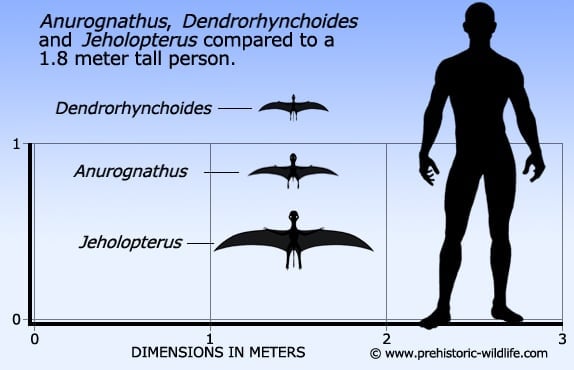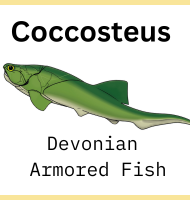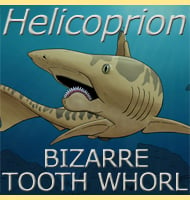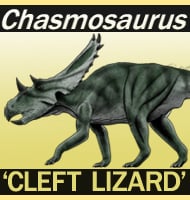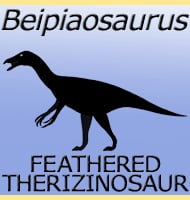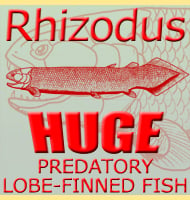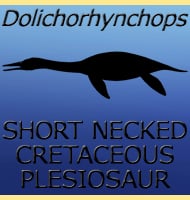In Depth
Dendrorhynchoides caused some confusion when it was first described because while the overall body morphology is that of an anurognathid, the long tail is not a recognised characteristic of the group. However the answer for this is a very simple one. The holotype was obtained from illegal fossil dealers who had added the tail to the original specimen, presumably to increase its aesthetic as well as monetary value. Such deception on the part of rogue fossil dealers is unfortunately quite common with the most well-known case being that of the ‘Archaeoraptor scandal’.
With the riddle of the tail known, and confirmed by pterosaur experts, Dendrorhynchoides is now placed within anurognathidae. Physical similarities aside, Dendrorhynchoides most probably would have lived the life of an insectivore like others of the group, including Anurognathus and Jeholopterus. The sharp teeth of Dendrorhynchoides would have been well suited to skewering insects in flight.
Further Reading
– A new fossil pterosaur (Rhamphorhynchoidea) from Liaoning, Dendrorhynchus curvidentatus, gen. et sp. nov. – Jiangsu Geology 22(4):199-206. – Ji S.-A. & Ji Q – 1998. – Evolutionary radiation of the Jehol Biota: chronological and ecological perspectives – Geological Journal 41 (3–4): 377–393. – Z. Zhou – 2006. – A New Specimen of Dendrorhynchoides (Pterosauria: Anurognathidae) with a Long Tail and the Evolution of the Pterosaurian Tail – Acta Geoscientica Sinica 31 Supp.1: 29-30 – David W.E. Hone & L� Junchang – 2010.
